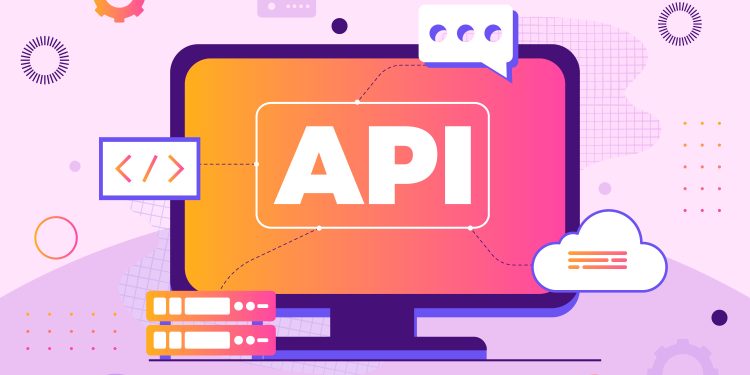The Revised Payment Services Directive (PSD2) marks a major turning point for the banking industry, promoting innovation and competition in financial services. By mandating open banking, PSD2 introduces the concept of API-fication, where banks must allow third-party access to customer data through secure application programming interfaces (APIs). This shift has profound implications for the way consumers and businesses interact with financial institutions.
Traditionally, banks held a monopoly over customer financial data. This allowed them to control the entire ecosystem of financial services, from payments to loans to account management. PSD2 breaks down these walls, compelling banks to share data—upon customer consent—with third-party providers. As a result, fintech companies now have the opportunity to develop a range of innovative services that can transform how consumers manage their finances.
What is API-fication?
API-fication refers to the process of using APIs to facilitate the exchange of data between different software applications. In the context of banking, this means allowing authorized third parties—such as fintech firms or even other banks—to access a customer’s financial data in a secure manner. PSD2 mandates this by requiring banks to provide open APIs that allow third parties to retrieve account information and initiate payments.
For example, under PSD2, a fintech company could use APIs to aggregate data from multiple bank accounts into a single platform, giving consumers a unified view of their finances. This opens the door to personalized financial services, such as budgeting tools, investment advice, and real-time notifications about spending patterns.
How Does PSD2 Benefit Consumers?
The API-fication of banking services brings several advantages to consumers:
- Better control over personal data: PSD2 empowers consumers to decide who has access to their financial information. They can grant or revoke permission to third-party providers at any time.
- Improved service offerings: With open banking, consumers can access a wide range of services beyond those traditionally offered by banks. Fintech companies are already developing personalized financial tools, such as apps that help manage spending, compare products, or offer tailored investment advice.
- Greater transparency: Consumers can now compare different financial products and services more easily. PSD2 fosters transparency in terms of fees, terms, and conditions, giving consumers the ability to make more informed decisions.
- More innovation: The open banking model encouraged by PSD2 is spurring innovation in the payments and banking industry. New entrants are developing solutions that aim to simplify, enhance, and customize the banking experience.
The Role of Third-Party Providers (TPPs)
A significant part of PSD2’s impact comes from the role of third-party providers (TPPs). These entities, which can include fintech startups, tech giants, or even retailers, now have the ability to offer payment services and access customer account information. This development is fostering a more competitive market for financial services.
There are two main types of third-party providers under PSD2:
- Payment Initiation Service Providers (PISPs): These entities can initiate payments on behalf of the consumer. For example, instead of using a credit card, consumers could authorize a third-party app to make payments directly from their bank account, simplifying the process and reducing fees.
- Account Information Service Providers (AISPs): These providers aggregate data from various bank accounts into a single platform, offering consumers a comprehensive view of their financial situation. AISPs enable budgeting apps, financial planning tools, and personalized offers that are based on real-time data.
Challenges and Concerns
While PSD2 brings numerous benefits, there are also challenges that the banking industry and consumers need to address:
- Data security: As banks open their systems to third parties, the risk of data breaches and cyberattacks increases. Strong security measures, including two-factor authentication and encryption, are essential to protecting consumer data.
- Regulatory oversight: As more players enter the financial ecosystem, regulators must ensure that all entities comply with PSD2 requirements, particularly in areas like data privacy and consumer protection.
- Adoption by banks: Some traditional banks have been slow to adopt PSD2’s requirements, either due to technical challenges or reluctance to share data with competitors. Ensuring that all banks comply with the directive is crucial for the full realization of its benefits.
The Future of API-fication in Banking
PSD2 is only the beginning of the API-fication of banking services. As more financial institutions adopt open banking principles and collaborate with fintechs, consumers can expect even greater innovations in the future. Some trends to watch include:
- Personalized banking experiences: With access to a customer’s full financial history, fintechs can offer highly customized services. This could range from tailored investment strategies to bespoke loan products, all designed to meet individual needs.
- Cross-industry partnerships: Banks and fintechs are likely to form partnerships with companies in other industries, such as retail or healthcare, to offer bundled services. For example, a retailer could provide financing options at the point of sale, powered by real-time data from a customer’s bank account.
- Global adoption of open banking: While PSD2 applies to the European Union, other regions are watching its progress closely. Similar initiatives are already underway in countries like Australia, Canada, and Japan, suggesting that API-fication will soon be a global phenomenon.
As banking services become more interconnected through APIs, the lines between traditional banks and fintechs will continue to blur. This will create a more dynamic and competitive landscape, ultimately benefiting consumers with more choices, lower costs, and better services.










